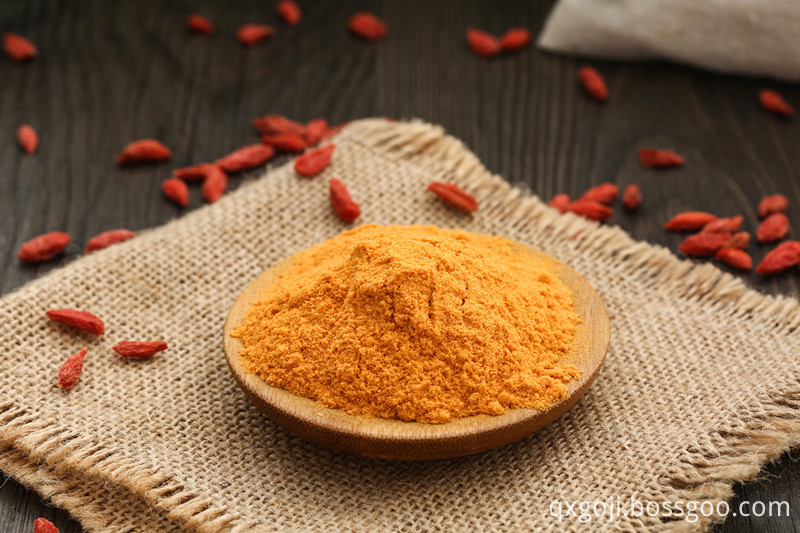One bogey single application of a large number of nitrogen fertilizer watermelon fertilization is the most concerned about nitrogen, phosphorus, potassium, if a single application of a large number of nitrogen fertilizer, the plant is extremely easy and long, is not conducive to flowering melon and fruit development. Before the melon sits melon, the absorption of potassium is increased mainly after sitting on the melon; the amount of nitrogen and potassium are basically the same in the melon's hair removal stage, the absorption in the melon stage reaches the peak, and the melon's maturity stage is nitrogen. Absorption of potassium was significantly reduced, and phosphorus uptake was relatively increased; the ratio of nitrogen, phosphorus, and potassium was 3.8:1:2.8 for seedlings, 3.6:1:1.7 for vines, and 3.5 for melons: 1:4.6.
Second, bogey use of chlorine fertilizers watermelon is a chlorine crop, the application of chlorine fertilizers (such as ammonium chloride, potassium chloride, etc.) will affect the accumulation of sugar, so that melon taste fade.
Third, avoid excessive application of human urine, excessive use of human waste, easily lead to plant leggy, so that sitting melon is difficult, melon skin thick and taste sour.
Four bogey in the topsoil fertilization of watermelon topdressing pay attention to deep facilities, after the application of timely soil, especially nitrogen fertilizer, if the form of application, nitrogen is easily volatile ammonia, harm the leaves, but also to reduce fertilizer efficiency.
The five bogey rainy weather fertilization rainy weather, high humidity, high soil moisture, fertilizer at this time, not only easy to lose fertilizer, but also easily lead to watermelons grow.
Six bogey fertilization site too close to the roots of the watermelon fertilization site, generally requires about 10 centimeters from the main root; too close to easily burn roots, affecting plant growth.
Seven bogey drought when the top dressing weather is dry, the soil moisture content is low, at this time the application of chemical fertilizers, the root cell cytosol solution will infiltrate outward, leading to plant physiological water shortage and withered.
Spray-drying technique is a drying process of obtaining powder products by the mean of dispersing raw materials into fog droplet in a nebulizer and let it contact with hot air (or other gases) directly. Vaporizing the moisture in materials generally can be classified into constant speed drying phase and decelerating drying phase, and every phase remains a short time for the fog droplet is relatively small.
The following is the producing process of Spray-drying goji powder. The first to press goji fresh fuit or dried fruit into goji emulsion, and then drop the materials into the bactericidal can for pre-sterilization. The second, transport the materials into the nebulizer, on the top of the desiccator, to atomize the materials into fog droplet, and at the same time, transport the fresh air into the top of the desiccator through the filter, air heater and air distributor by the air-blower to contact, mixing with the fog droplet, and let them to take place heat and mass transfer, which is also known as drying. At last, the dried goji powder will be brought out from the bottom of the desiccator, and the waste gas with dust will be exhausted into the atmosphere through the cyclone by the induced draft fan.

Appearance
1) Color: Orange-yellow or orange color powder.
2)Taste & Odor: No Peculiar Smells.
3) Impurity: No visible foreign impurities
Physics & Chemical Specification
1) Moisture(%): ≤8.0
2) Total Sugar(% As glucose): ≥30.0
Microorganism Specification
1) TPC (CFU/g): ≤30000
2) Mould (CFU/g): ≤50
3) Coliform (CFU/g): ≤40
4) Staphylococcus Aureus (CFU/g): ND
5) Salmonella (CFU/g): ND
6) Shigella (CFU/g) (CFU/g): ND
Country of Origin
ZHONGNING, NINGXIA, CHINA
Package
5kg in aseptic bag, and two bags per paper carton.
Storage
Should be stored at room temperature in clean, cool, dry warehouse, prevent sun, rain, and not be stored with corrosive, toxic, and smelly item. With these conditions, product shelf life is 18 months. (suggestion: 5-8℃).
Spray-Drying Goji Berry Powder
Ningxia Qixiang Biologic Foodstuff Co., Ltd. , https://www.qxgoji.com